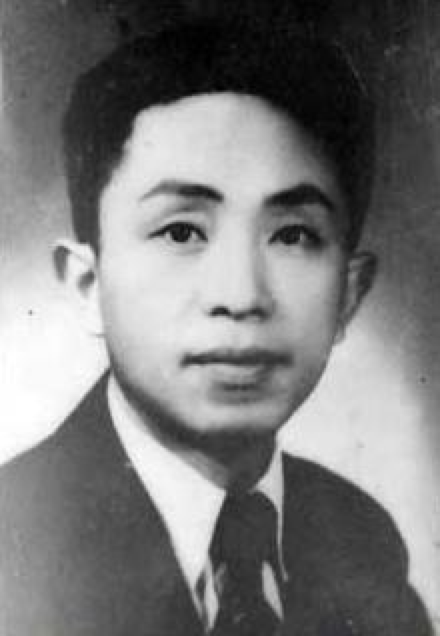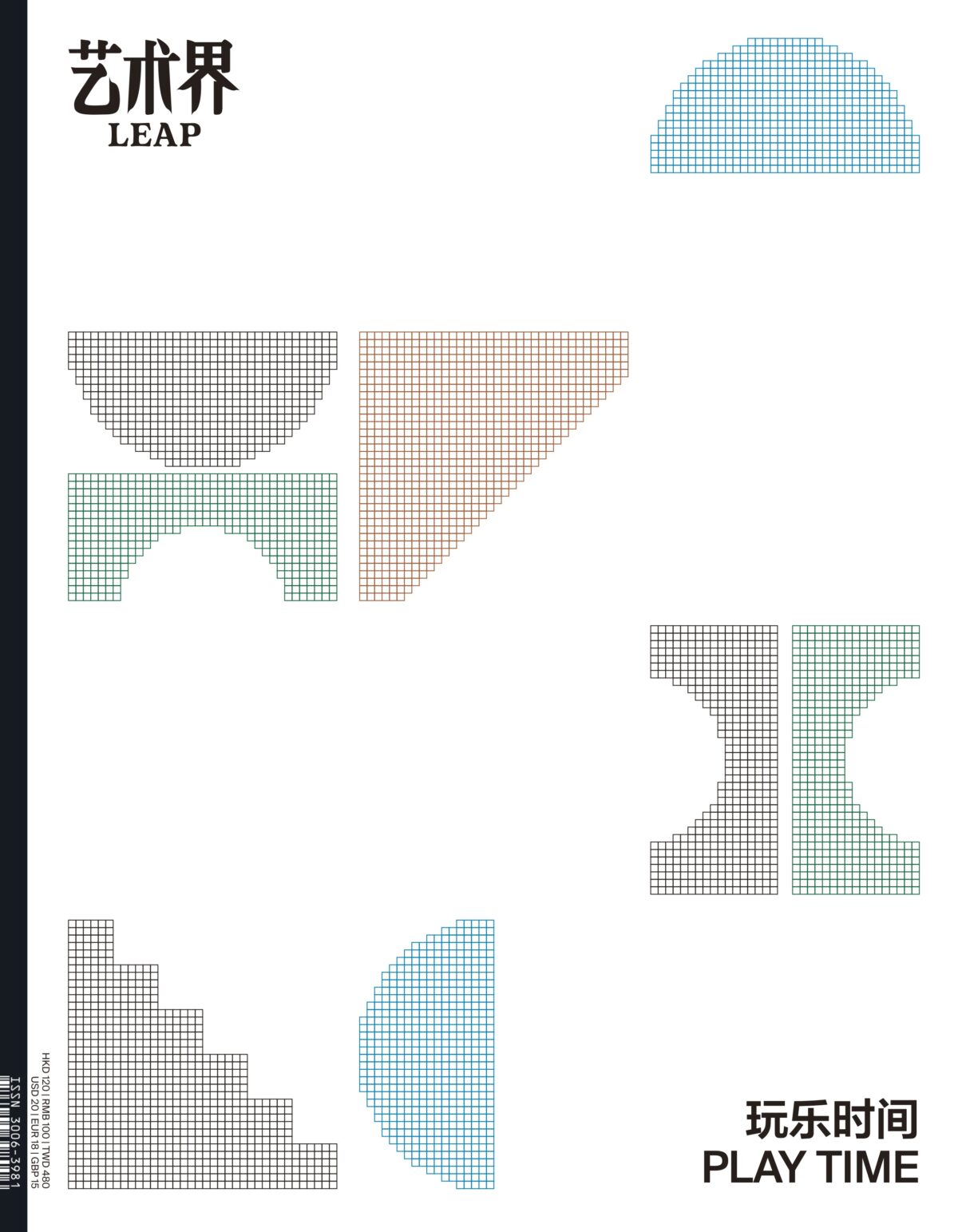In the days shrouded in opaque uncertainty, many of us were placed face-to-face with special measures, and had to deal with inutile efforts and unexplained loss. In the art industry, most people are put through the Sisyphean cycle that events and plans are postponed, rescheduled, or started all over again. It is nonetheless no news to us that women often obtain such gain as to be disproportionate to the effort they make, thinking of all the domestic errands and care services they are asked to take care of. From the menstrual cycle to childbirth, women live with “uncontrollable bodies” for a long time, with their life always “disrupted and started all over again.”
Read MoreThe sceneries and characters that become figural by chance are self-revealed hints of the artist’s lodging in the void; they are conduits of joys and sorrows once real, places for Owen Fu’s geisttiere to dwell and play.
Read More“When the conversation goes astray, and the language stops functioning, you and I still share the same moment. In the final dialogue, people stopped using grand words and started sharing each other’s food. As exotic fruits and spices entered the gut, the bellies rounded, and the terrain of the body was quietly changing. “
Read MoreRecent art exhibitions in Shanghai––Wang Jianwei’s solo “Treading in Sludge” at MadeIn Gallery and Michael Wang’s “Lake Tai” at Prada Rong Zhai––both consider humanity’s bond with the Earth. The artists’ senses of place and planet are not mere chance encounters; although they differ in research methodologies and their rationales are manifested in different artistic practices and media, they both invite the audience to contemplate the ecological issues conveyed by these paintings, sculptures, and site-specific installations, and to destabilize the anthropocentric obsession with determining Earth’s fate.
Read MoreIn their respective long-term practices, the artists Wang Tuo and Vajiko Chachkhiani both focus on the microscopic traumatic experiences of a specific subject that speaks cryptically for a particular history. In their artistic expression, reconstructed life experiences synergize with concern for the structural issues and the suspended matters of history that lie behind the rhetorical curtain, and which are intertwined with scenes of violence, mourning, and surreally tinted day-to-day life.
Read MorePerhaps Trinh T. Minh-ha’s world of art is just like how the exhibition space is designed on the fifth floor of RAM, filled with poetic and theoretical phrases. The words printed on transparent plastics seemingly form a solid invisible wall that separates her art from life and physical experience, while the poeticism she instills in these words conjures an illusion of life.
Read MoreThe loose, fluid “sand” and the meandering, shifting “paths” seem to conjure two divergent images that eventually converge. As the special formatting of the Chinese title suggests, this parallel relationship between “sand” and “paths” is made evident in Hu Xiaoyuan’s subtly distanced juxtaposition of the two elements. Through their latent tension, she searches for the traces of individual existence.
Read MoreIn the article “Oral History: Geng Jianyi of the ‘85 New Wave of Art’: Seeing the World Differently Through Art,” published in Art World in 2006, the artist claimed that “incomplete materials combined with personal imagination equal history,” and the presentation of this exhibition reflects on this statement.
Read More“Fiber Three” shows an intellectualization that breaks through the trends of atomization and subjunctivization in the aforementioned phenomena and utilizes the woven networks as a metaphor for the “knowledge” of art, as well as the world and the “recognition” of existence.
Read MoreIndeed, you might say that the curator has constructed this show as a (definitely European-style) theater through which to criticise the contemporary through the old, reality through imagination, the local through the alien. Because, ultimately, what’s going on right now is so hard to grasp in and of itself. In this formula, the title “I Imagine Angels” comes with a subtext: ‘I can’t believe the reality’.
Read MoreIt wouldn’t matter if you had heard of the Gazimestan speech or its political significance. You might certainly recall the huge backdrop containing the insignia and dating the beginning and end of the battle of Kosovo, as well as this large-scale acrylic framed photograph suspended on the wall of the museum.
Read MoreThe radical semiotics of the object contrived by the advent of modernity and technological optimism is fleeting and brittle. Cumulating a plenitude of displays that have endured the dispute between the world of aesthetics and commodity/material objects, the exhibition tugs the once quiet setting and elicits our perception of the ecology of “objects” hidden in art.
Read MoreThat flawless world is dead, and has left no bones. Nothing but burnt stumps, drifting surfaces, formless fight, and the blue water of a tiny well, guarded by my silent Friend.
Read MoreIn the name of “civilization and modernity,” these different forms of violence destroyed the region’s former way of life. An insightful quote by Ba Ren sums up the situation of the plantation: “The great farm developed as a result of the combination of the capital of Westerners, the land of Indonesians and the labor of the Chinese.”
Read MoreIt also suggests that you can never escape the feeling that international politics have a role to play in the underlying framework of the show.
Read MoreMay the revolution end soon and may the victory return to the people.
Read MoreFood can bring satiation, joy, and the gratification of generosity and hospitality, but when the many layers of the surface are peeled away, we are forced to reflect on the “common sense” of ordinary life, and dig out the roots of the pain that others or we collectively experience.
Read MoreThe artists’ focus on the very substance brings an awareness to the body that history is not usually aware of, through senses that elude and erode “common sense.”
Read MoreJonnie To’s films, on the other hand, address something that reaches deeper than perceptible phenomena—the tension between the aforementioned ideologies and certain preconceived beliefs. Perhaps such a tension is the true core of the “Hong Kong perspective”—it encompasses an alternative understanding of fate and acknowledgement of esoteric knowledge, and even praises of the spirit of Xia.
Read MoreIt is late April in Shanghai; any “normalcy” has spiraled into abstraction, owing to its protracted absence from life’s routines. My daily existence consists of humdrum cycles of hunger, sleep, and em…
Read More























